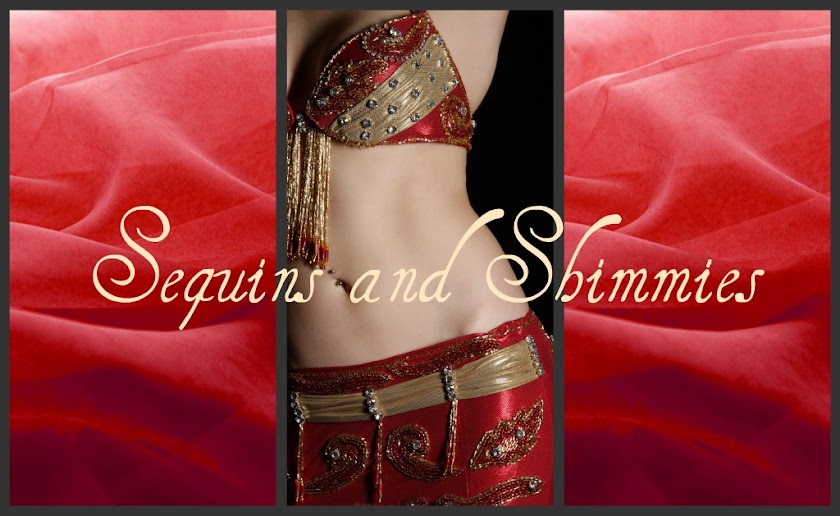This post was inspired by a recent incident at a wedding I was performing at. I had been hired to do an approximately 20 minute set, during which the bride and groom had requested an audience participation section. Specifically, they'd requested I pull up a couple of the groomsmen up to dance with me for one song.
Fast forward, day of the show, I'm working my way through my performance, and upon arriving at the song I'd selected for the audience participation portion, I make my way over to a table where there were four groomsmen and their respective dates sitting. I grab one man and gently lead him to standing. I reach for another, when the woman sitting next to him clamps her hand down on his forearm and whispers something furtively in his ear. Upon this, the man gets a slightly awkward, indecisive look on his face. Not entirely sure what just happened, I smile and say come join us, beckoning him to stand. At this, the woman turns around to me with an angry stare and tension in her jaw and says, "I say no, and I'm the wife!"
Insert sound of record scratching. Sudden desire to slap my palm against my forehead.
Wait, what!?
I have so many thoughts go through my head in quick succession.
Lady, have you been watching the show so far?
You realize this is a belly dance performance, right?
Do you think I'm up here performing some type of adult or "inappropriate" entertainment?
What type of unfounded bias is this heated reaction coming from?
As well, as maybe a few other more personal comments that are better left unsaid.
But I think perhaps the reaction that stood out the most for me was the level of cultural insensitivity and quick judgment encapsulated in that statement. Because when it came down to it, the one thing I really wanted to say was a brief oration on the history of belly dance, including it's significant cultural and historical roots. Roots that her comment denied, discredited, and disapproved of in one short demeaning reaction.
In that moment, I had to hold back from launching into a lecture in the middle of my performance. Instead I bit my tongue, smiled, and moved onto the next groomsman, and concluded a lovely show. But if I had said something, this is what I would have said:
Where does your intense, uninformed, and unfounded level of judgment come from?
Let me give you some background info that might make you feel differently.
Belly dance, or raqs sharqi in Arabic, is a traditional dance of many Middle Eastern countries, especially common in Egypt and Turkey. While raqs sharqi has been theatricalized and stylized for stage performance, it has roots in raqs beledi, literally meaning dance of the people. Raqs beledi is a dance characterized by grounded footwork and hip and chest isolations performed by men, women, and children in their homes and during celebratory events. Both raqs beledi and raqs sharqi are performed to music that is intricate and beautiful, based on a complex musical system of maqams. It encompasses unique rhythms that tie back to various cultural regions and people of Egypt, such as the sai'idi rhythm originating from along the Nile valley. It is a dance that has overlapping components of dance vocabulary with traditional folkloric dances, such as ghawazee, raqs asaya, and shamadan.
Ultimately, it has heritage that goes back years beyond American dance and performing arts. Don't be deceived to think that Hollywood is the only epicenter of dance stars. Belly dancers, such as Samia Gamal, Tahiya Carioca, and Nagwa Fouad were big movie stars in Arabic cinema. The dancer and choreographer, Mahmoud Reda achieved fame and acclaim on par with America's beloved Gene Kelly. And while, yes, the sparkly two-piece costume is not traditional prior to the twentieth-century, I would like to point out that it covers more of a dancer's body that your average ballet costume. But for those not familiar with a belly dancer, it somehow feels easy to look down upon, to consider low-class, while ballet is "classical" and "refined". Let me say, it's time to recalibrate that narrative.
In short, my take away is this: before you judge someone else's culture, before you dismiss something you aren't familiar because it's foreign to you, take the time to be informed. Take the time to pause and consider how many layers of history, culture, and tradition you might be disparaging with your initial assumption. Cultural sensitivity, inclusivity, and respect should always be the first and last stop as we engage with each other.
Photo Credit: Samia Gamal, source unknown

